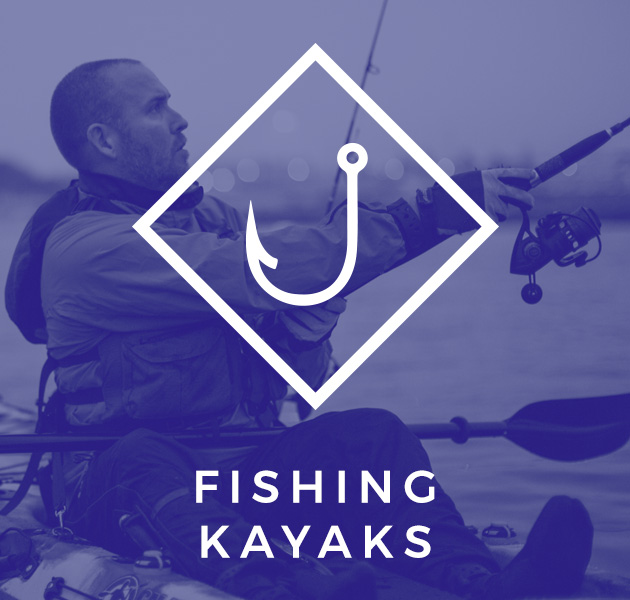If what we are looking for are large predators, we must take into account what type of natural bait is the most indicated and the appropriate size.
As a natural bait, we can find fish, needles, spit, cuttlefish (which are not clean), octopus, etc.
There are also many varieties of worms that can be used to fish, such as the tita with the bream, but for this subject, another post.
The fishing methods with natural bait could be the following:
Trolling:
The troll is to walk a sample, either by surface, or by looking for depth. In this case, natural bait.
The good thing about this modality is that it covers a lot of space and fishing is not centralized in a single place.
The assembly will have to simulate that the fish is alive, and for this there are many solutions, such as plastic and lead bibs already marketed or personalized inventions.
- Examples:
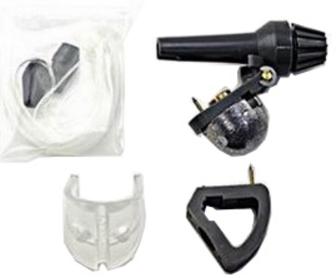 |  | 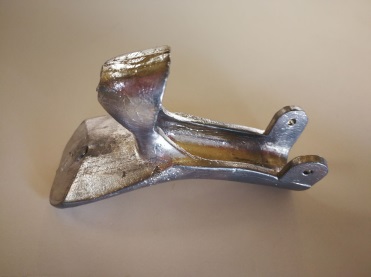 |
Saltillo:
This mode is quite simple, it consists of using bait with a hook passed while we are baiting the waters to attract predators.
I recommend using sardine paste, since it dissolves attracting the prey and not feeding it.
Alboran and Cruz models of Galaxykayaks, have a nursery that can be used as a water primer, forgetting to pringarnos hands and unpleasant odors. Freeze the sardine paste before and after it dissolves slowly. This gave me very good results to go for the llampugas.
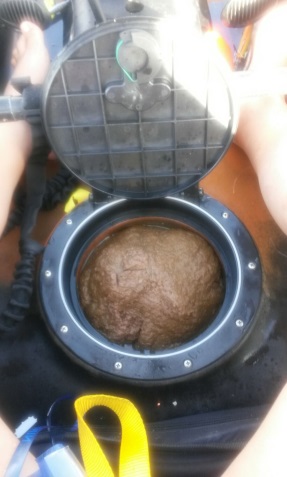 | 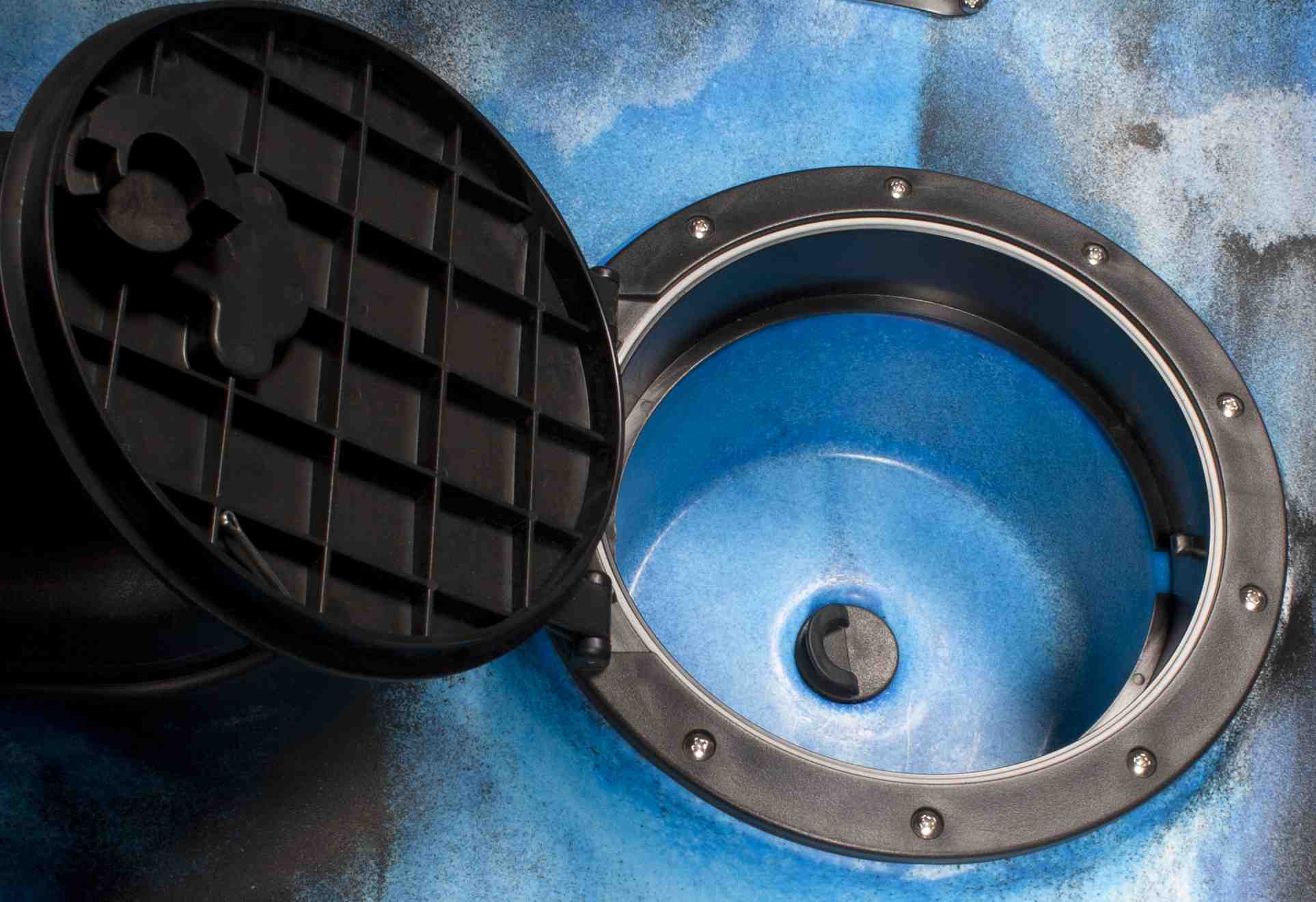 |
Fishing drift
This fishing is quite comfortable, since we would only have to anzuelar our bait, give it depth if we wish and with a buoy, balloon, bottle, or similar, separate it from our kayak with the drift.
Fish with live:
It is one of the most effective fishing, although we can come up against the law. Many affirm that according to communities, it is or is not allowed. As far as I am concerned, this method is not allowed.
This fishing consists of fishing first fish or cephalopods that can be used after bait for larger predators (peixet menut large peixet peix).
First of all, we will have to study the area and what kind of fish we intend to fish.
The bait will be removed with nibs, sabikis, worm-type baits, or even samples of very small size.
In the case of looking for cephalopod-type bait (cuttlefish or squid) we will help with samples specially designed for them, the bird style, or with a sardine assembly with needle and crown.
The baits that I recommend most and that have worked for me are the horse mackerel, the mackerel, the spit, the needle, the squid and the cuttlefish (these last two are real treats for predators).
Regarding the assembly, the most extended is a small cameta, with a pair of hooks in tandem. Two simple hooks for fish, and one simple and anchorta for cephalopods.
For species that can cut us the line, we can use wire, and for other more suspicious fish and that are not in danger so much of cutting the line, we will look for fluorocarbons of good quality.
To put a couple of examples, use fluorocarbon to look for anjovas, it's not a good idea because they cut the line, and put anchor for the dentex that is fixed long before attacking, either.
* Any of the fishing methods mentioned above, are also suitable for fishing with live bait.


